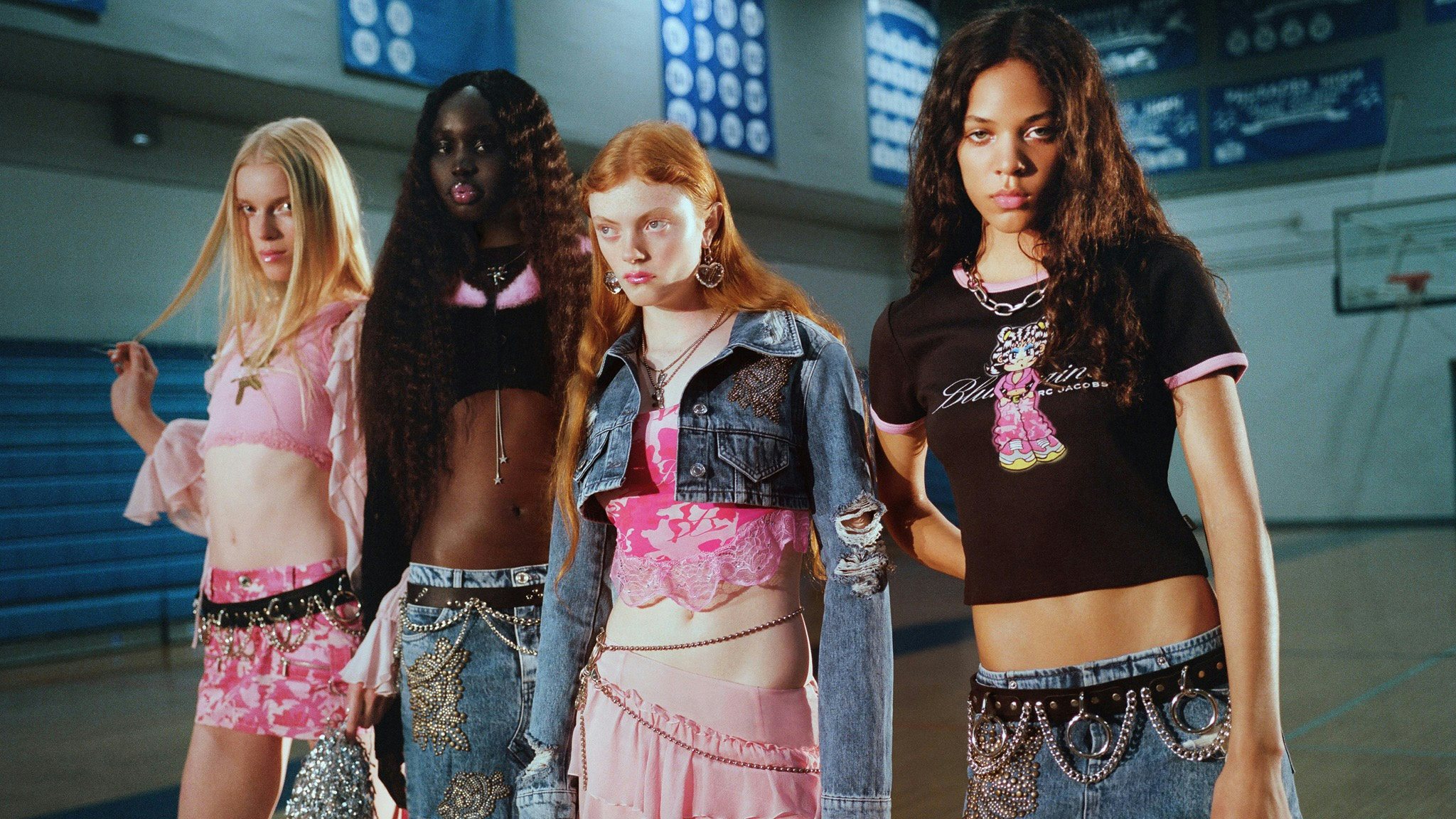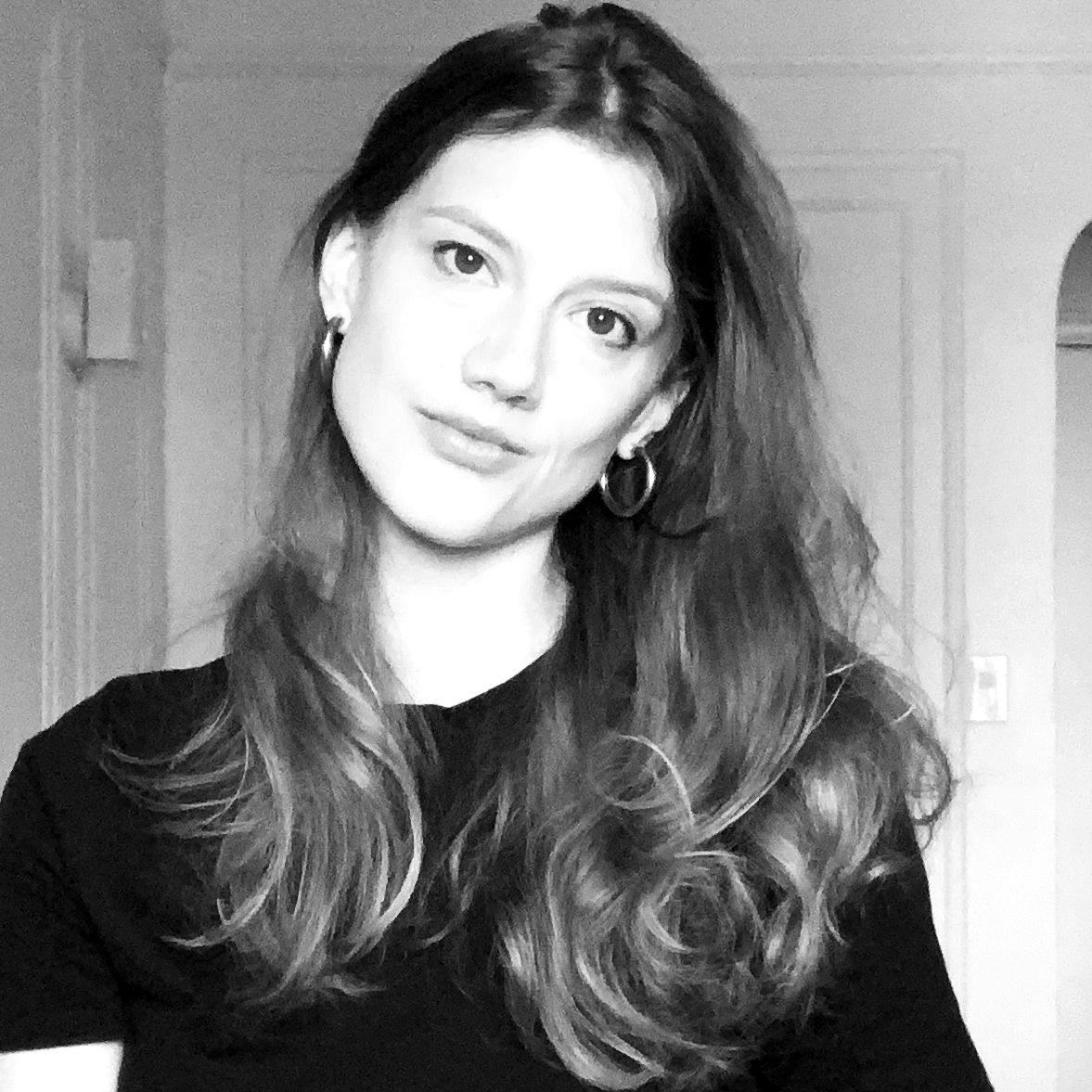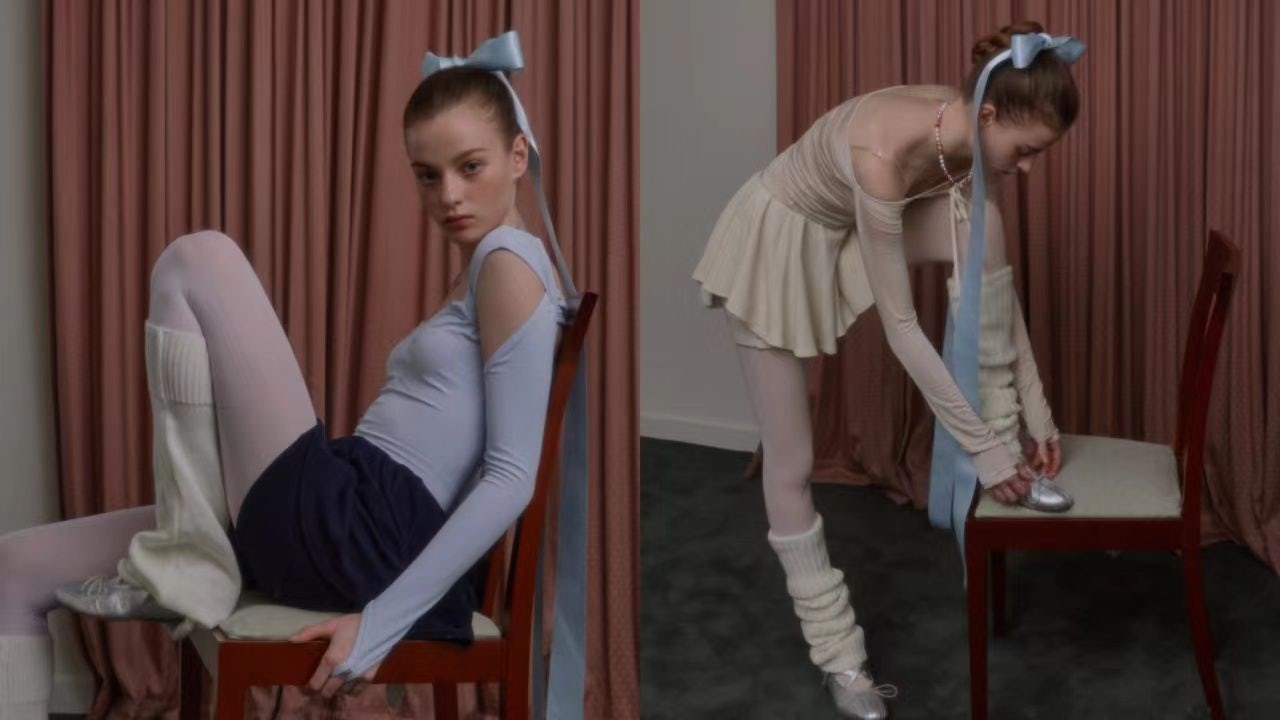When Nicola Brognano joined Blumarine as creative director in 2020, few were looking to the Italian label to lead the way in new trends. Founded in Capri in 1977 by Anna Molinari, the brand had declined from its late 1990s and early 2000s heyday before being acquired by Italian entrepreneur Marco Marchi in 2019.
But just three years after Brognano’s first collection for the brand, Blumarine has become a Gen Z staple, with its Y2K-inspired butterfly tops and Hello Kitty collabs finding fans among TikTokers hungry for early 2000s nostalgia. Fellow Italian label Diesel went through a similar revival when Glenn Martens joined the label in 2020 and brought back early 2000s oversized denim and indie sleaze to the struggling brand.
“Diesel a few years ago, no one was talking about it. You could only find the brand in some outlets. And it’s exactly the same for Blumarine,” says Laura Darmon, buying director for Shanghai concept store ENG. Blumarine is now one of the store’s top-selling brands.
And brands are going further than just updating early 2000s aesthetics. They’re reviving specific products from the era: This spring, Marc Jacobs revived the Stam bag first launched in 2005, while last month Lanvin announced the return of the ballet flat first popularized by former creative director Alber Elbaz in the early 2000s.
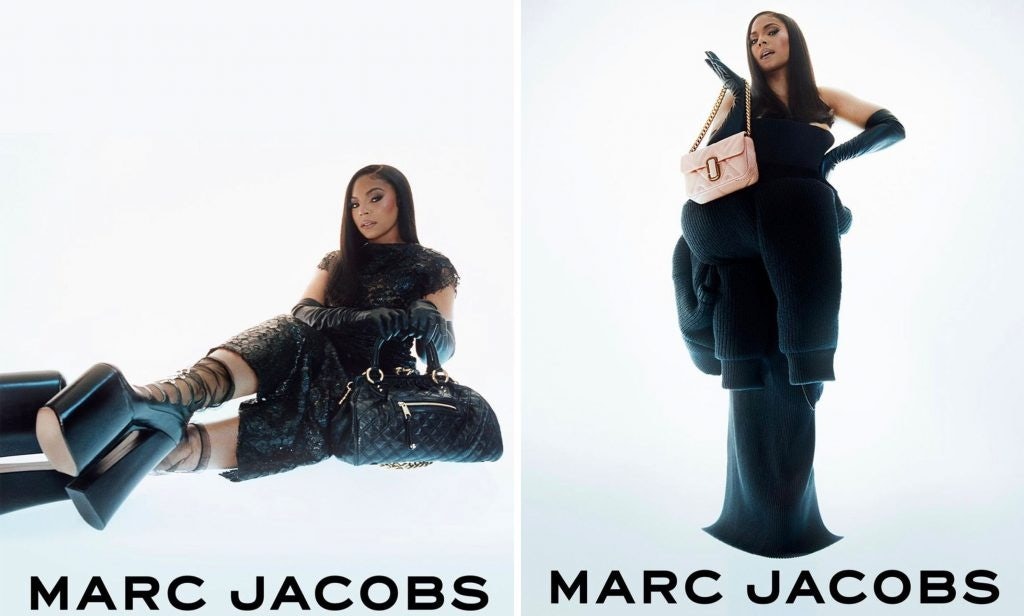
“A reissue of a specific product reignites interest in the DNA of a brand, and educates a new generation on that brand’s story and history,” says Laura Baker, co-founder of multi-brand boutique ESSX, which opened in New York’s Lower East side earlier this year.
But that doesn’t mean reviving a product or aesthetic from the early 2000s means instant success. Brands looking to tap into past success instead would be wise to connect today’s consumers to the cultural context that made those items so successful in the past, and can make them still feel relevant today.
“The risk of a re-issue is that if the full story is not told of that product’s heritage and relevancy, and communicated properly via a fresh marketing story, then the reissue can feel tokenistic and not properly representative,” Baker adds.
"The risk of a re-issue is that if the full story is not told of that product’s heritage and relevancy, and communicated properly via a fresh marketing story, then the reissue can feel tokenistic and not properly representative."
Y2K for a new generation#
One of the best-selling items at ESSX, according to Baker, is an American Idol-inspired tee from New York designer Aris Tatalovich. The store’s young consumer base may not be old enough to remember the show’s debut in 2002, but they still crave authentic representations of the era.
“We have been very conscious of bringing in vintage pieces from the Y2K era, because it performs so well with the young audience we cater to here,” adds Baker.
Darmon, too, sees young club kids in Shanghai wearing vintage Spice Girls tees, but new pieces and brands can just as easily scratch that throwback itch, she says.
Take Blumarine’s denim butterfly top, a clear homage to Mariah Carey’s bedazzled Ungaro top of 1997. On contemporary stars like Dua Lipa, those items look fresh and relevant to young consumers — including those who may have even known Blumarine existed.
“For young consumers, I think they really see it as something new in a way,” says Darmon. “It is really really selling, like Diesel and Blumarine are some of our top brands in China.”
Blumarine’s recent revival under Brognano has also helped young consumers connect with old products from the brand — even those that are no longer available. Earlier this year, TikTokers started DIYing versions of the sparkly Blumarine dress Brittany Murphy wore in the 2003 film Uptown Girls.
A tale of two brands#
Marc Jacobs, after falling out of the height of fashion for the past few years, has had a field day tapping into Y2K nostalgia. To revive the Stam bag, the brand tapped Paris Hilton and the bag’s namesake model Jessica Stam to front a nostalgic campaign. Heaven, the diffusion line Jacobs launched in 2020, released a Clueless-meets-Mean Girls campaign starring Alicia Silverstone last month. In 2021, the brand released a capsule collection in homage to The Virgin Suicides, Sofia Coppola’s 1999 directorial debut.
Those releases tap into not only the products of the time, but the cultural context as well, giving today’s consumers a touch point to Marc Jacobs at its peak. “[Marc Jacobs’] brand was essentially born in the Y2K era, so it makes sense to reissue items now,” says Baker.
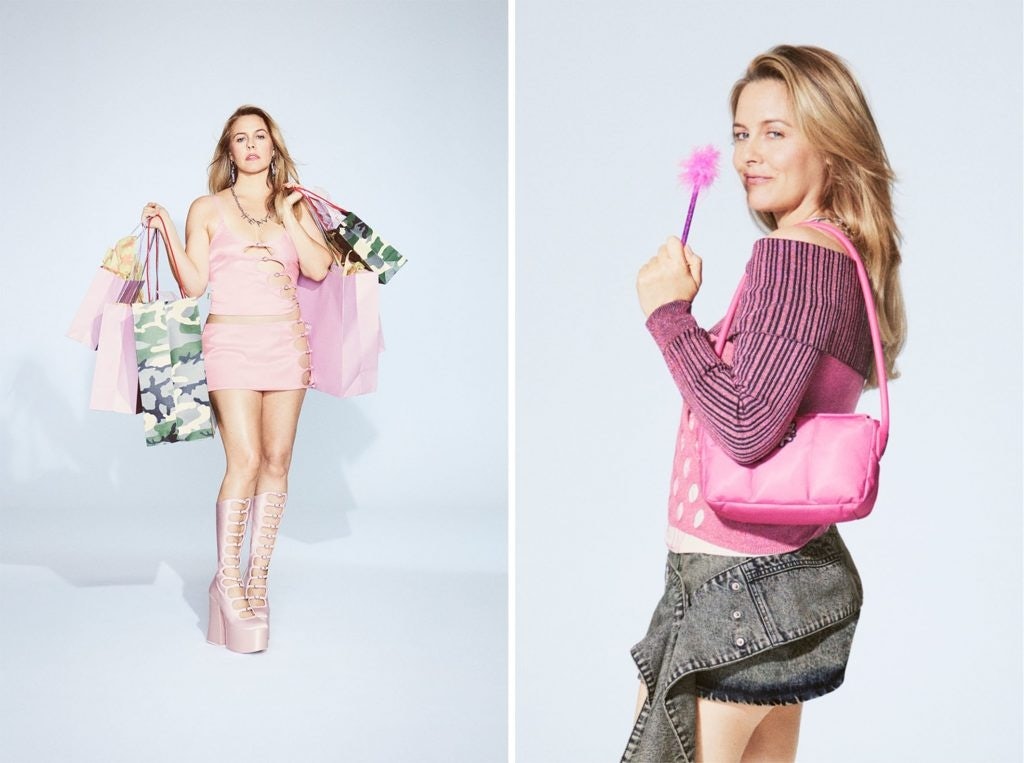
Lanvin, founded in 1889, has a far different heritage than Marc Jacobs. But the brand also had its own heyday in the early 2000s to 2010s, making the reissue of its ballet flat a seemingly perfect revival product, especially given the balletcore craze that has made ballet flats from Miu Miu and Sandy Liang bestsellers.
Then-creative director Elbaz conceived of the ballet flat for Lanvin when he gave models ballet shoes to protect their feet during fittings in 2002, and later collaborated with ballet shoe manufacturer Repetto before launching the in-house shoe. The ease of the scrunched ballet flat underscored his vision of raw-edged but comfortable glamor; in 2010, Elbaz allowed models to walk in flats when the high heels he’d prepared for the runway were deemed too towering.
But none of that storytelling or heritage is present in Lanvin’s social media campaign or e-commerce page for the ballet flats. Elbaz, widely beloved by critics and consumers, was abruptly fired from the brand in 2015. The designer passed away from Covid-19 in 2021.
The brand is now without a creative director since Bruno Sialelli departed in April of this year. Rather than hiring a full-time replacement, Lanvin announced rapper Future as guest creative director for its Lanvin Labs initiative. Darmon is skeptical of such a strategy and sees the celebrity appointment as risky for a brand with Lanvin’s heritage. “For me, it's just saying that right now you don't need that much creativity. You just need followers,” she says.
It remains to be seen how successful the strategy will be, but Future tapped into a different kind of nostalgia for his Lanvin showing at the recently concluded Paris Fashion Week. Going against the Y2K revival of the ballet flat, his collection focused on the 1920s era with fringed hems and column shapes in a lowkey showing.
The Y2K trend will slow down eventually as the look becomes oversaturated and consumers discover other eras — like the 1920s or even the 2020s one day. But there'll always be nostalgia and revival for some version of the past.
“All fashion is repeated and borrowed. Nothing is truly original nowadays,” says Baker.
